British brand Islabikes has never been one for convention. It has almost singlehandedly created an acceptance for decent quality (and therefore a little more expensive) kids’ bikes and as a result, its bikes tend to have a long life as they’re passed from child to child while still keeping a fair amount of value. That’s not good enough, reckons the company’s founder, Isla Rowntree.
Looking at the bigger picture, and a generation down the line, Isla (and many academics) see a time in the very near future where the raw materials that go into the various parts of making bicycles will become scarce (and therefore more and more prohibitively expensive). In a response to the seemingly more disposable consumer culture of today, Islabikes is looking to create a new way of looking at the bicycle (and its precious natural resources within).
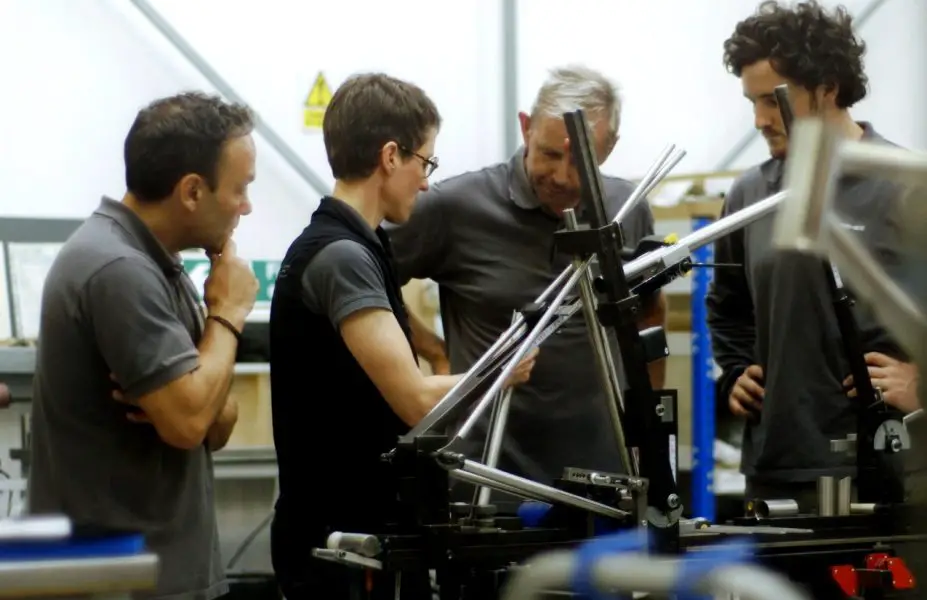
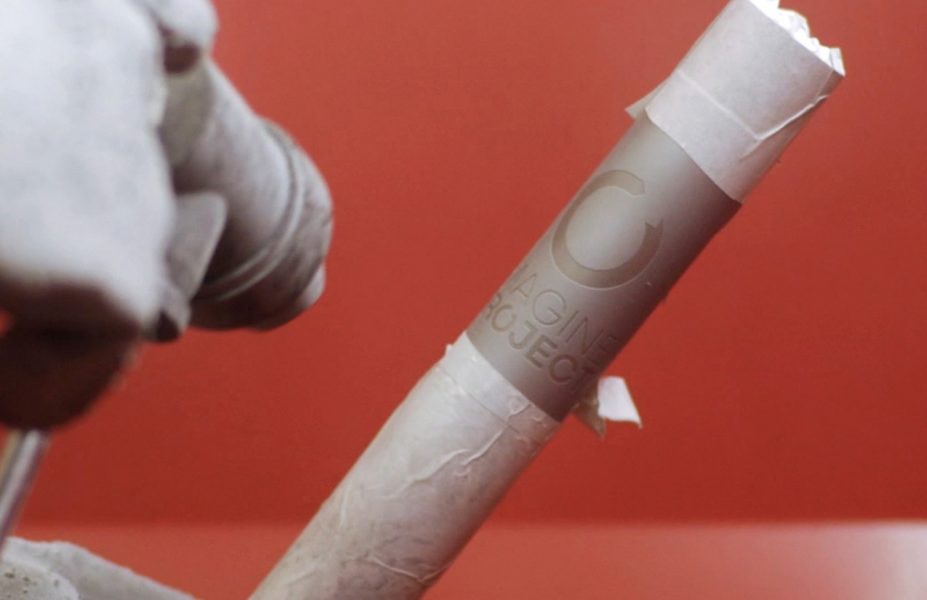
The Imagine Project is the name given to it and Isla has a full time staff of people working on how best to usher in this near future. The core idea is based on a few simple principles:
- Bikes are made of materials too precious to be used for a few years and then put into the scrap heap.
- Bikes made 50 years ago seem to last far longer than bikes made five years ago
- We’re used to renting flats and TVs and phones and cars. Why not bikes?
What Islabikes and the Imagine Project want to do is to develop a brand new range of sustainably UK-built and equipped bikes that are built to last. These bikes will belong to the Imagine Project and will sit alongside the regular Islabikes range, but the difference is that riders (or rather their parents) will rent the bikes from the company and when they’re finished with them, they will return to the company to be refurbished and re-rented. The idea is that these bikes will be truly utility machines and that they’ll last a long, long time.
The Imagine Project will start on a small scale so the availability of the new bikes will be very limited in the early stages; however, Islabikes is looking for a modest number of early adopters to play a crucial role in helping them develop their product, manufacturing methods and service. As the company says “Islabikes is committed to transitioning to a circular supply chain and hope that by leading the way others will follow. Islabikes therefore intend for the Imagine Project to be open source and will be inviting contributions and sharing its discoveries as the project grows and develops.”
There’s a natty video to explain some of the thinking about it all.
Can’t see the video? Click here.
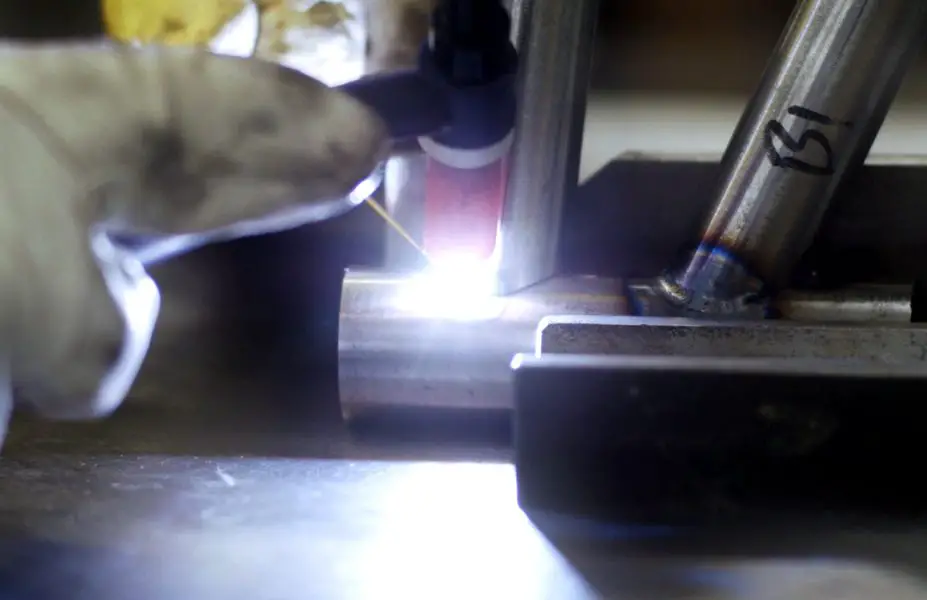
There’s more to see here: www.Islabikes.co.uk/imagineproject and Islabikes will be at the NEC Cycle Show this weekend if you’d like to pop by and have a chat with the team there.
Right now, with our easy access to material goods, it seems impossible to imagine that raw materials will ever run out, but even if we as a planet get really good at recycling, it’s inevitable that those raw building blocks will increase in value. In how long? Maybe not five years – but ten? 20? 30? Certainly enough to make the parents in the room have a think.
What do you reckon? Doom and gloom? Or finally some sense?
Comments (7)
Leave Reply
Post Comment
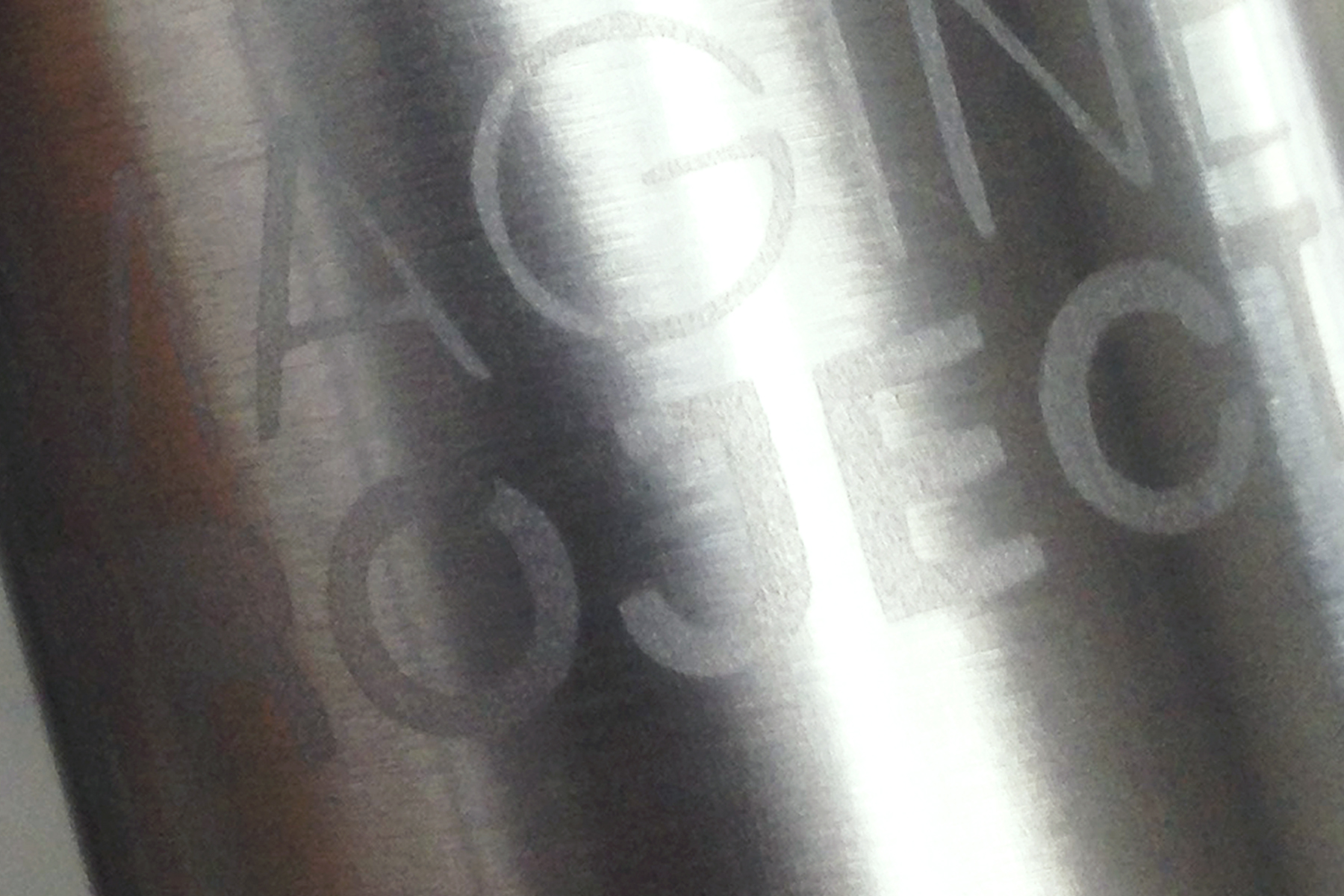
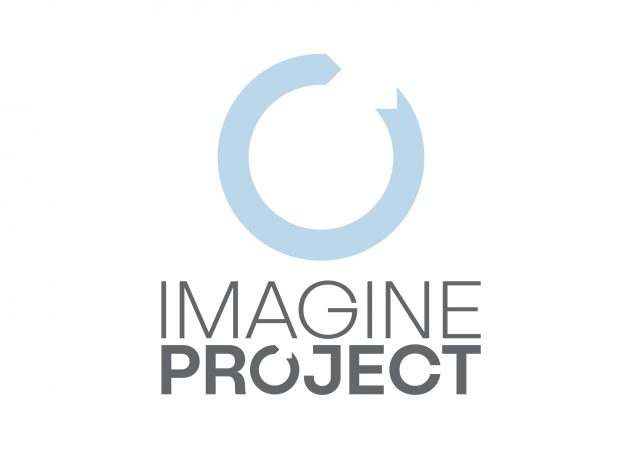

interesting, i guess the worry will be what happens if the bike is damaged?
It sounds like the bikes will be built to be pretty indestructible, but I get the impression that they’ll probably take all the steps to make sure the rider (or parent) is kept happy. Perhaps there’ll be a car hire-type box to tick for all-events insurance cover? It’s all early days at the moment.
Interesting idea, but why does it need specific new bikes?
As far as I’m aware, the current aluminium Islabikes don’t fail by frame fatigue or corrosion. Our kids ran a 20″ and 24″ Beinn very hard for a number of years (and still sold them for a reasonable amount after that). Frames were scruffy but lots of life left (so could easily be refurbished in a similar scheme). The “scrap” parts were worn through rims, poor quality pedals, poor quality wobbly and worn vee brakes / return springs / levers and general worn out drivetrain (probably went through a couple of mechs and shifters and lots of cables).
Why not run the scheme around a cheaper standard frame and improve the components? Good quality discs so the wheels don’t wear, better mechs with sealed cartridge jockey wheels, sealed pedal bearings etc.
And did old bikes really last longer?….
I guess we’ll find out, Mick!
I imagine that Islabikes will be working to reduce the amount of parts that wear in the design of the new frames – so possibly not having rim brakes. Maybe hub gears, drum brakes, that kind of thing (I’m just guessing here…)
The greatest threat to longevity is obsolescence.
There are many in the industry (including media) that should bear the blame for consigning a lot of perfectly functional components, wheels and frames to landfill.
I try and keep wheels and frames for my young children to “grow in to” (after islabike training) but the chances are that the other bits to hang off them wont be available in 4, 5, or 6 years time. 1 1/8″ steerer forks being the biggest problem.
Kids bikes like Islabikes last ages, get sold on and passed down the family. But the only time Islabike make money is on the first sale of that bike. So doing it this way they get £15 a month or whatever for the 12 years the kid grows up for, but also the little brother and the niece who would normally be out of the picture. At the end of the term they’ll respray the frame, send the components back for remanufacture, and rent out the ‘new’ bike for a fraction of the build cost of a new one. So escentially, Isla bike sales are falling foul of their own well built bikes, and this is a way round the problem. Seeing as both my kids bikes (Orbea MX team- same weight) are financed on 0% for 18months, at which point I can sell them for 2/3 the value, the monthly rentals would have to be super cheap to compare make it worth it.
Not convinced good quality bikes really do wear out that quickly.
I’ve got a 2003 Stumpjumper that I commute on. I ragged it silly for a couple of years from new as a mountain bike. Its had multiples of drivetrains and has been swapped to a rigid fork but its still the same bike. It should keep going for a good few years yet.
So whats the advantage of this scheme over just having a good bike and looking after it?